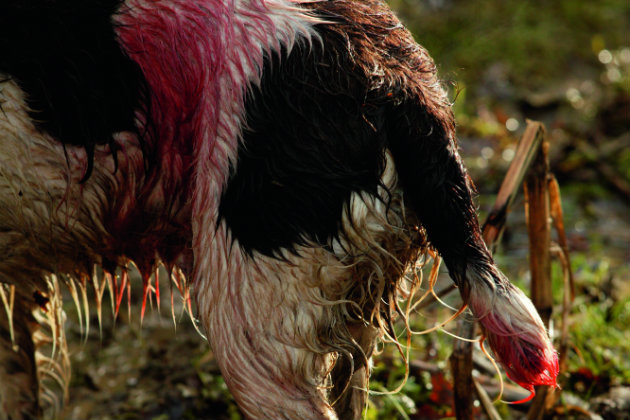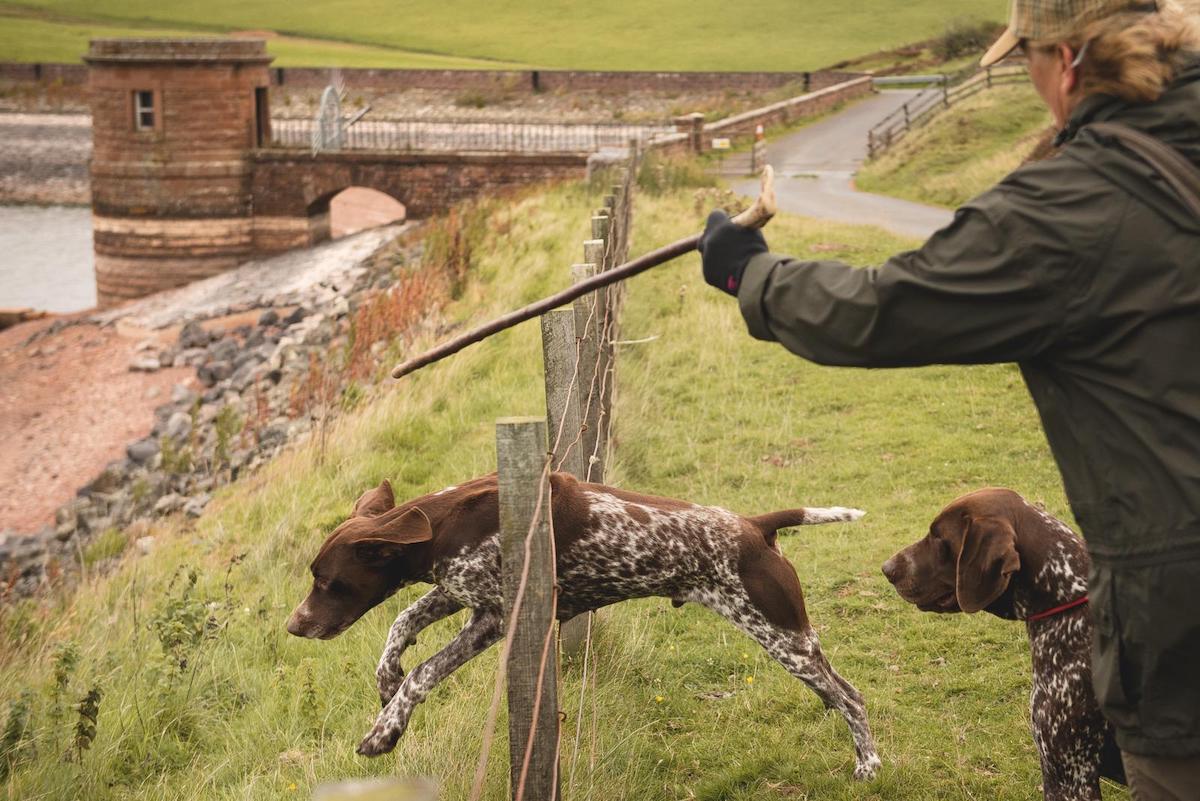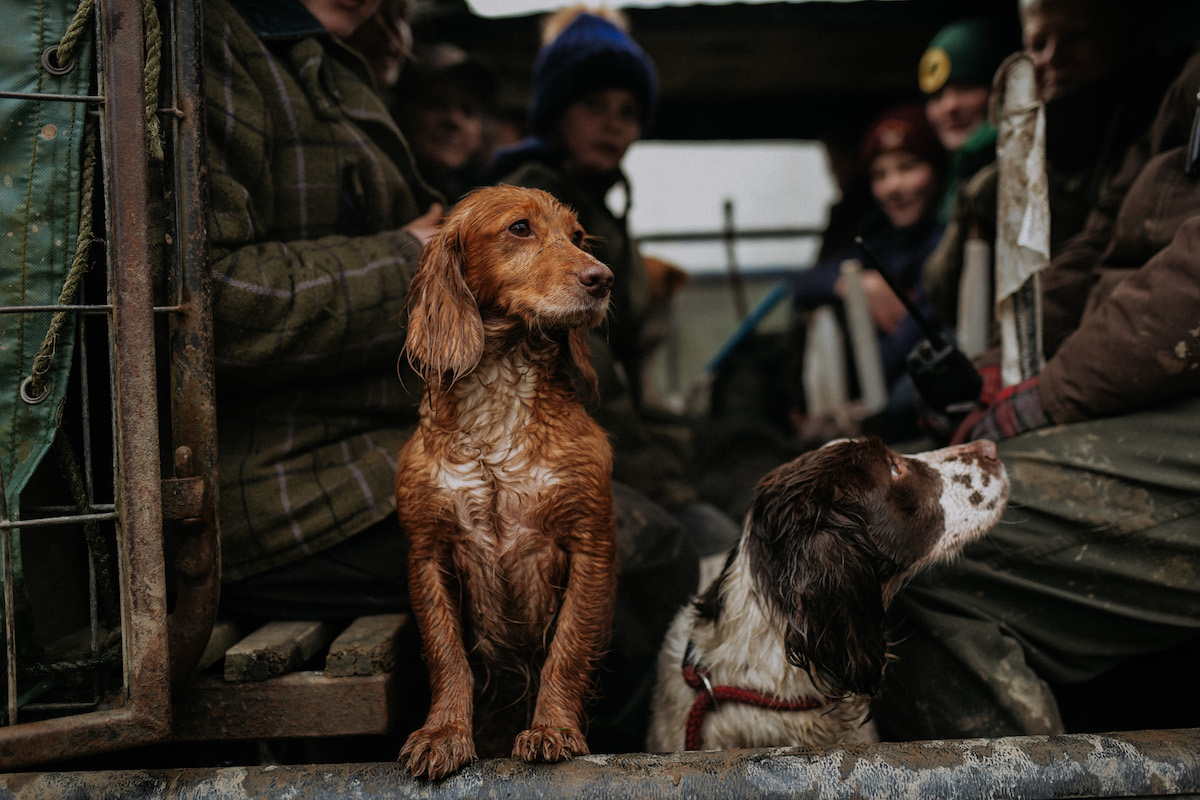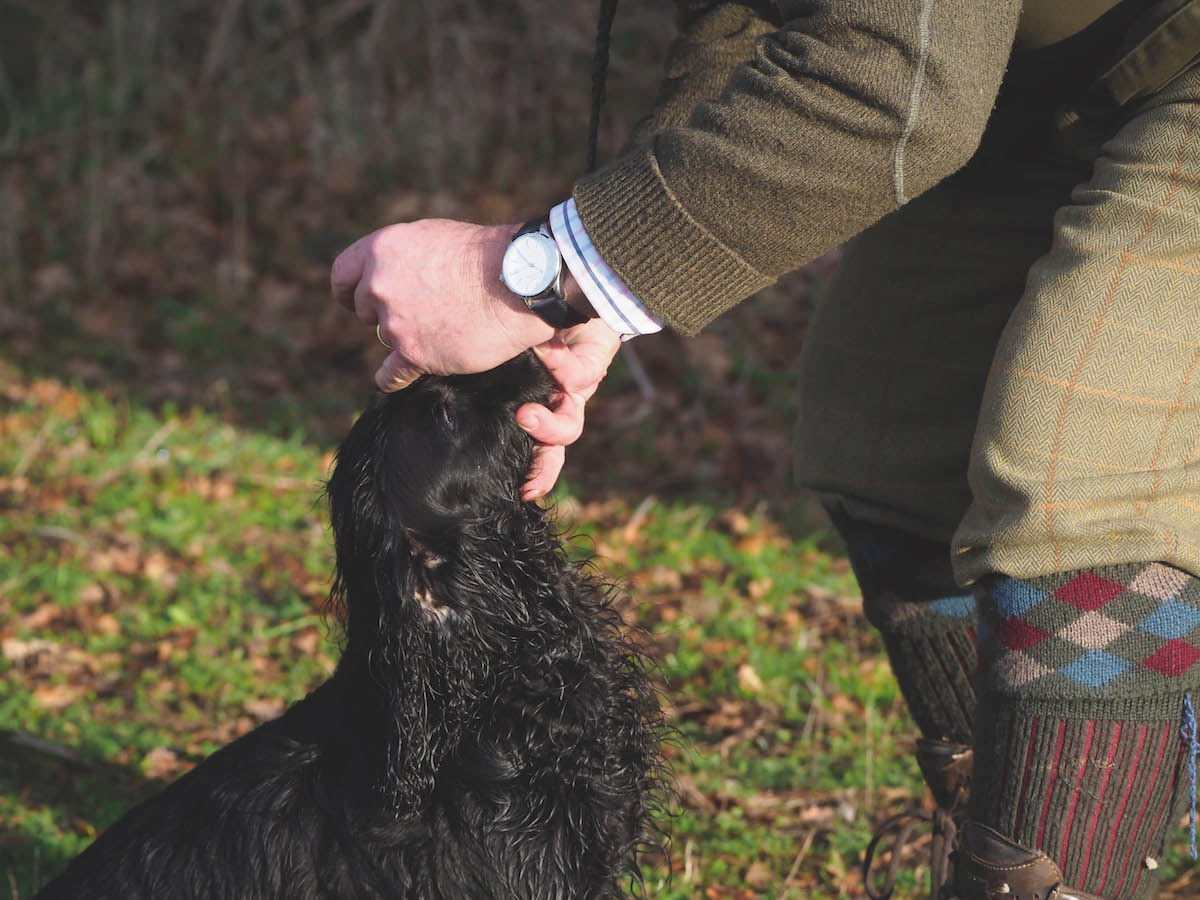The law on tail docking
Our vet, Tony Jackson, advises

Gundogs are more likely to suffer injury
Q: My working spaniel bitch is due to give birth to her first litter of puppies in the near future. I would like to have them all docked because I have seen injuries in the field to undocked working spaniels. What is the position on tail docking law today?
A: Current legislation states
that only veterinary surgeons can carry out this procedure. However, vets have also been advised by the Royal College of Veterinary Surgeons, their governing body, that tail docking purely for cosmetic reasons would lead to disciplinary proceedings.
Country vets who deal with working gundogs are well aware
of the damage that can be caused to an undocked tail, notably in spaniels, so will usually undertake the procedure if they are aware the puppies will be going to working homes. Dew claws can still be removed too, because they can
be badly torn in working dogs.
Scotland ends tail docking ban
The Scottish Government this week voted in favour of allowing vets to shorten the tails of spaniels and hunt, point,…
Tail docking in dogs: is it legal? Which breeds can be docked?
Tail docking: It is one of the most emotive subjects in the gundog world, so education is key to knowing…
Q: What is the opinion on working spaniels that do not have docked tails?
A: Working spaniels with docked tails is a must, says Mark Whitehouse. Once an un-docked tails gets damaged on the end it is open to infection and this can lead to amputation – there is also the risk from anaesthetics to consider.
Any responsible vet would understand they have a duty of care to that working spaniel and docking at two to three days old is a lot less stressful for the dog than amputation and anaesthetics at two years old.
If you do get stuck for a vet who will dock tails for working spaniels look at the DEFRA website or contact a local gundog club and they would be able to point you in the right direction.
Under laws in England effective from April 6, 2007, puppies can only be docked legally by a qualified veterinary surgeon, and are issued with a signed certificate by the registered vet confirming this.










